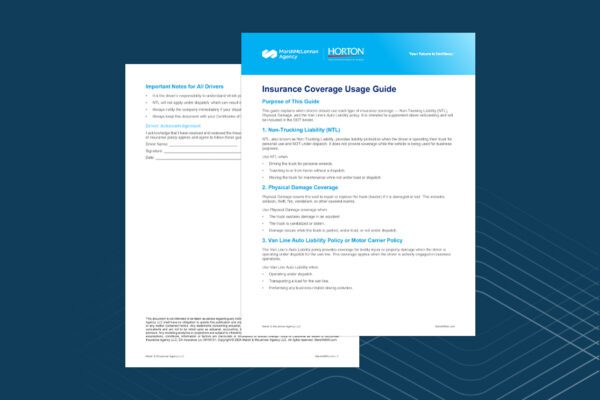The Occupational Safety and Health Administration (OSHA) keeps records not only of the most frequently cited standards overall but also within particular industries. The most recent statistics from OSHA reveal the top standards cited in the fiscal year 2021 for the hospital industry. This top 10 list comprises establishments that provide medical, diagnostic and treatment services that include physician, nursing and other health services to inpatients and the specialized accommodation services required by inpatients. Hospitals may also provide outpatient services as a secondary activity. Establishments in the hospitals subsector provide inpatient health services, many of which can only be provided using the specialized facilities and equipment that form a significant and integral part of the production process.
|
Description of Violation |
Cited Standard Number |
ACV* |
|
1. Respiratory Protection – This standard refers to respirator use to protect employees from hazardous substances. Requirements of this standard include a written program, selection of respirators, medical evaluations, fit testing, safe operating procedures and training. |
$4,829 |
|
|
2. Control of Hazardous Energy (lockout/tagout) – Control of hazardous energy is the practice of de-energizing equipment and locking the energy source to prevent release of energy. Requirements include written procedures, training and periodic inspection. |
$0 |
|
|
3. COVID-19 health care – This standard refers to the requirements for health care services or health care support services during the COVID-19 pandemic. These requirements include developing a COVID-19 plan, screenings and management, personal protective equipment (PPE), transmission prevention, health screening, training, recordkeeping, reporting and vaccination. |
$4,651 |
|
|
4. Reporting Fatalities, Hospitalizations, Amputations and Losses of an Eye – This standard covers types of injuries that require OSHA reporting. Fatalities must be reported within 8 hours, and hospitalizations, amputations and eye loss must be reported within 24 hours. |
$2,129 |
|
|
5. Recording Fatalities, Injuries and Illness Criteria — This standard covers types of injuries that require OSHA recording. Employers are required to record fatalities, injuries and illnesses that are new work-related cases. |
$1,357 |
|
|
6. Permit-required Confined Spaces (PRCS) – PRCS are spaces that contain or are likely to contain serious hazards. Requirements of this standard include hazard evaluation, entry-permit systems, employee training, and emergency response plans. |
$0 |
|
|
7. General Electrical Requirements – This standard refers to the practice of examining, installing and using electrical equipment of different types, sizes, voltage and current capacity. Requirements include specifications for electrical connections, terminals, guarding live parts and working with 600 volts. |
$0 |
|
|
8. Bloodborne Pathogens – This standard refers to the prevention of occupational exposure to blood or other potentially infectious materials. Requirements include exposure control, training and compliance, vaccination evaluations and follow-up, hazard communication and recordkeeping, |
$2,731 |
|
|
9. Hazard Communication – This standard refers to the UN Globally Harmonized System of Classification and Labeling of Chemicals. Requirements include developing and implementing a program, recordkeeping, labeling and training. |
$0 |
|
|
10. Ionizing radiation –This standard refers to the exposure of ionizing radiation, exposure in airborne radioactive materials. The requirements include precautionary procedures and personal monitoring, evacuation warning signals, posting, reporting and storage. |
$0 |
*ACV (Average Cost per Violation) – The dollar amount represents the average cost per violation that employers in this industry paid in 2021. To understand the full capacity and scope of each standard, click on the standard number to visit www.osha.gov and view the language in its entirety. Source: OSHA.gov Design © 2022 Zywave, Inc.
Material posted on this website is for informational purposes only and does not constitute a legal opinion or medical advice. Contact your legal representative or medical professional for information specific to your legal or medical needs.


